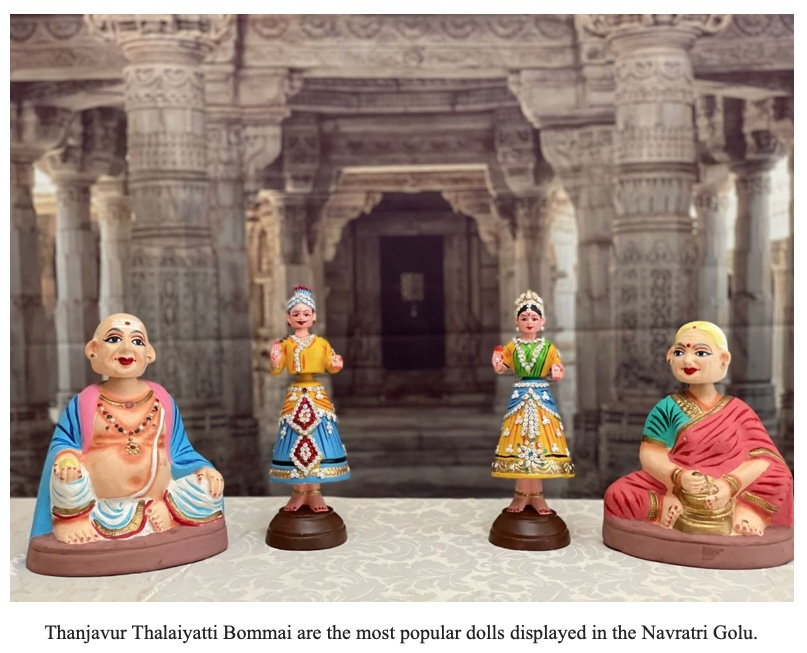INDIA, September 28, 2022 (India Currents by Jayashree Krishnan): My early childhood journey began in the rich soil of my native land, Thanjavur (formerly called Tanjore), a city in Tamil Nadu, India. Most of the existing great Chola Temples, which are UNESCO World Heritage Monuments, are located in and around Thanjavur. Thanjavur’s paintings, handicrafts, silk weaving, Tamil literature, classical dance and music are famous around the world. As an artist from Irving, Texas, my intention of writing this article is to unveil the science behind the creation of the handmade Thanjavur dancing dolls — traditionally known as Thanjavur Thalaiyatti Bommai — and the craftsmanship of the talented artisans who make them.
These dolls have been made since the early 19th century when King Serfoji ruled Thanjavur. The credit for the beautiful structure of the dolls goes to the king for his love for this unique art and his taste for vibrant colors. The dolls earned a place in the Geographical Indications (GI) Registry by the Government of India as of 2008-09, which has helped to reflect on its science, aesthetics, and also its origin to lawfully belong to the city of Thanjavur. This has been an honorable step towards the preservation of Thanjavur’s rich culture and heritage. The dolls are made in different shapes, sizes, styles, and colors by talented artisans. In ancient times, the dolls were made of clay taken from the banks of the river Cauvery known. The rich and fertile soil is believed to make the doll have a beautiful presence. The dolls were individually made by hand using old, traditional methods.
More on the history and construction of Thanjavur dolls at source.
https://indiacurrents.com/my-native-treasures-thanjavur-dancing-dolls/
A daily summary of world news for Hindus and non-Hindus alike

